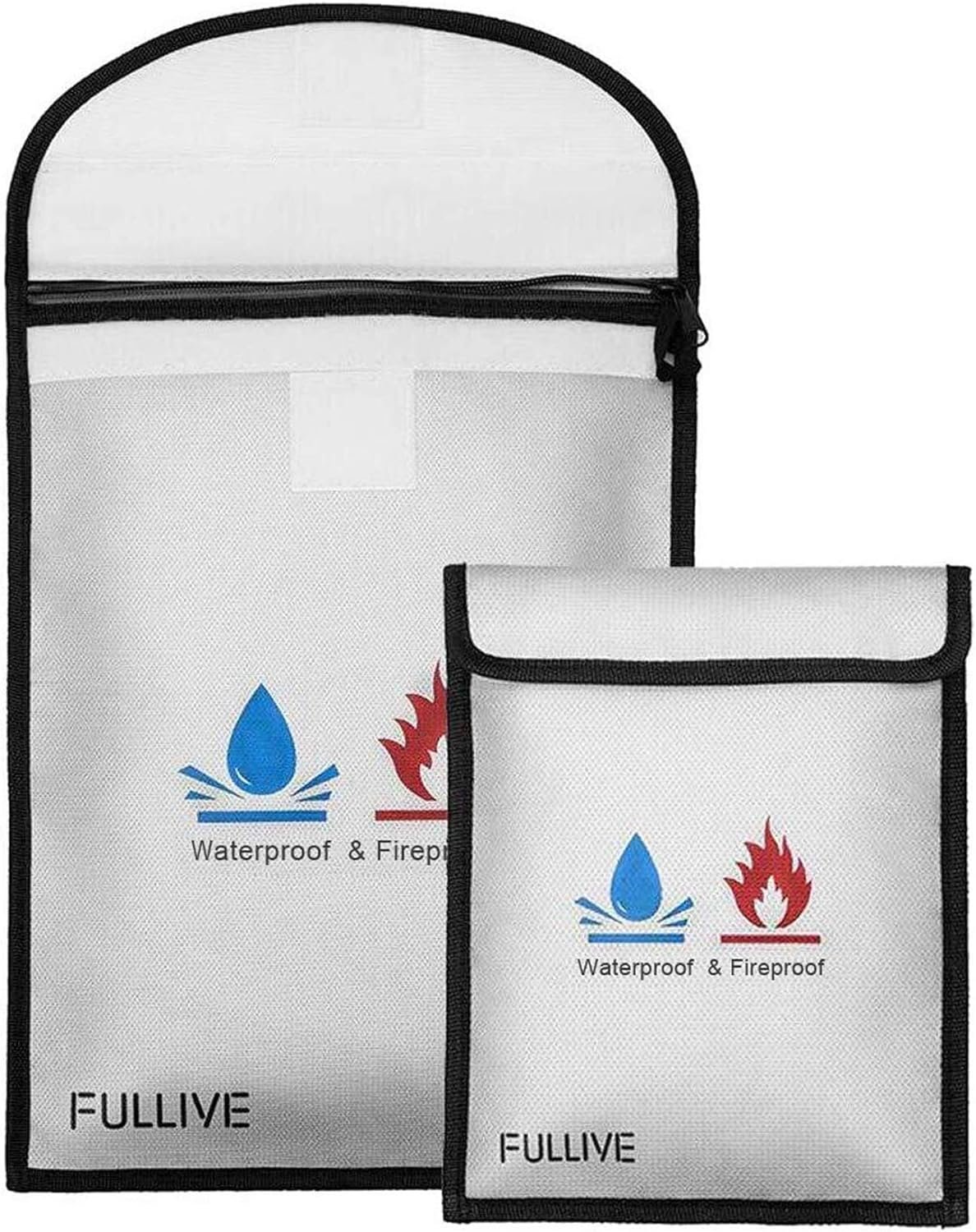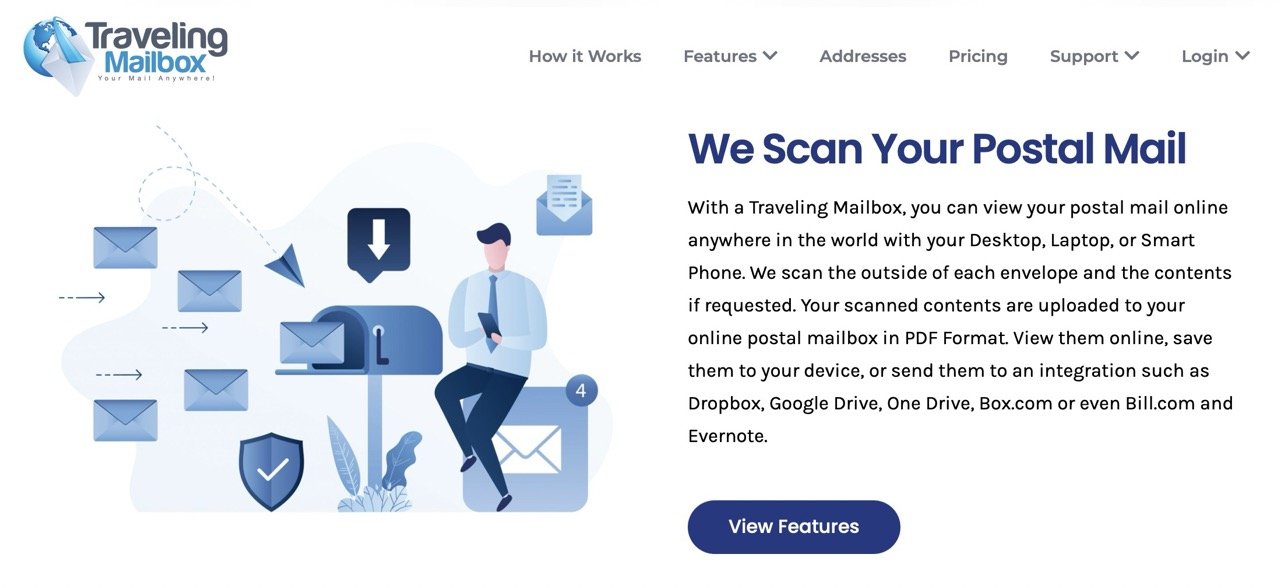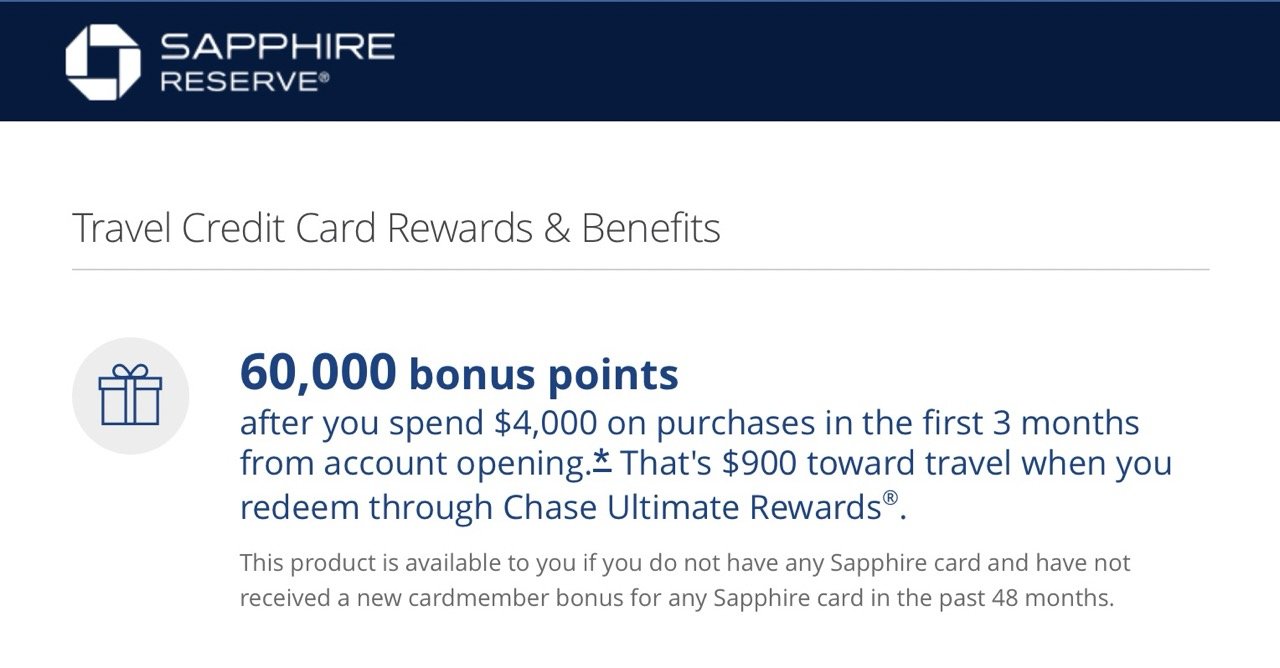Save Money When Using Non-Network ATMs
They say if you take care of your pennies, the dollars will take care of themselves. We haven’t had to withdraw significant amounts of cash on our travels because most places where we travel accept credit cards. But there are times when cash is king, such as many places in Asia/Southeast Asia and even small towns or establishments in various parts of the world, including Europe. Japan really surprised us. It’s one of the most modern, efficient, and tech-savvy countries we’ve visited, but it has a long tradition of being a cash-based society, and many small businesses there still prefer it that way. In our episode on Argentina, we talk about how difficult it was to get cash and how much of a cash-based system is there, extending so far as to several accommodations that only accept cash versus credit cards.
Take Control of the Currency
When we need to use an ATM, we always say NO to paying in our home currency. It sounds like it would be a good deal when the ATM shows what the cost will be in your home currency, but that means that you’re allowing the local ATM to pick the exchange rate. When you choose to have the withdrawal happen in the local currency, then you benefit from your bank network's exchange rates, which are typically significantly less than they would be otherwise, especially when you’re in a touristy location.
Avoid ATM Fees
We talk here about our process and priorities for our budget choices
In the first quarter of 2025, we paid $85 in fees for using non-network ATMs. We also paid $151 in foreign exchange rate adjustment fees—Chase charges 3% for this when we use our debit card with our checking account. It’s been painful to pay these fees, but we couldn’t easily switch to the solution we picked until our annual trip back to the U.S. At the end of March, we picked up our new debit cards for our Charles Schwab checking account. The advantage of using an investment account for foreign withdrawals is they charge no fees to use ATMS and they'll refund all of our non-network ATM fees. Also their foreign exchange rate adjustment fees are only 1% of the transaction (the same as Fidelity, but it doesn’t refund your out-of-network fees).
The only downside is that we have to transfer money to our Schwab account 3–4 business days before we need to do a withdrawal. Our Apple Savings account has been giving us around a 4% yield annually on our balance, so it doesn’t make sense to let our cash sit in either our Chase or Schwab checking accounts.
Charles Schwab doesn’t require a minimum balance for this service, but they do require an initial balance of $200 before they’ll mail a debit card. This almost caused us a problem with our timing for our U.S. trip, but we caught our mistake in time. We did consider having our debit card forwarded to us from our Traveling Mailbox service before we got back to the States, but the thought of losing our debit card due to the complications of receiving mail in other countries made us uncomfortable.
“Beware of little expenses; a small leak will sink a great ship.” — Benjamin Franklin
Use More Than One Financial Institution
We’re also very careful to not put all our eggs in one basket. We spread our money around to various stock, 401K, savings, and other investment accounts—in different financial institutions. There are situations where a bank can lock down an account when they perceive fraud, and we don't want to lose access to our money while it gets sorted out. This can especially be a concern with Charles Schwab because we’ve heard that they might be quick to lock down a checking account with suspected fraud and they may require you to visit a branch office to get it sorted out. Schwab’s offices are primarily in the US and the UK, so that could potentially put you in a bind if you rely solely on their checking account for all your banking. We typically limit our deposits in our Schwab account to around $500 at a time and withdraw from there when we need access to cash. It’s not our primary checking account.
ATM Safety Tips from the Road
Using ATMs abroad is usually easy, but here are a few additional habits that help us stay safe and avoid stressful moments.
Stick to ATMs attached to banks. They’re usually better maintained, have more security cameras, and are less likely to have card skimmers. We try to avoid freestanding machines in gas stations, alleys, or overly touristy spots. If they don’t dispense cash or there’s any other issue, you can go inside immediately and attempt to resolve it.
Use ATMs during the day if you can. It just feels more comfortable—and if something goes wrong, the bank might still be open to help.
Check for card skimmers. A card skimmer is a small device that scammers attach to ATMs, gas pumps, or payment machines. It’s designed to look like part of the machine, but its goal is to steal the information on your debit or credit card when you insert it. Sometimes there’s also a tiny hidden camera placed nearby to capture your PIN while you’re entering it. Here’s how to check if there’s one on the ATM you’re using: Tug lightly on the card slot and keypad—if anything feels loose, bulky, or strange in any way, don’t use that machine.
Take a moment to count your money. We step aside for the next person (while remaining in a safe, visible spot) and make sure the withdrawal was correct.
Secure your cash immediately and calmly. We’ve seen people rushing and trying to stuff bills into a coat pocket or bag in an attempt to hide their cash, only to drop some. We take an extra five seconds to organize our money and carefully store it in our wallet or bag before moving on.
Avoid withdrawing large amounts all at once. It might save on fees, but it can also make you a target. We’d rather pay a second ATM fee than carry too much cash at once.
If you have tips that help your money stretch further or additional safety tips, we’d love to hear about them!





This book was recommended to us a few times, and one of our viewers said that it changed their lives, so we thought it made sense to include here. It echoes the philosophy that you can’t take your money with you when you die. The author flips the idea of merely accumulating wealth for retirement and talks about the importance of prioritizing creating lasting memories through enriching experiences that bring joy throughout our lives. GET THIS GEAR